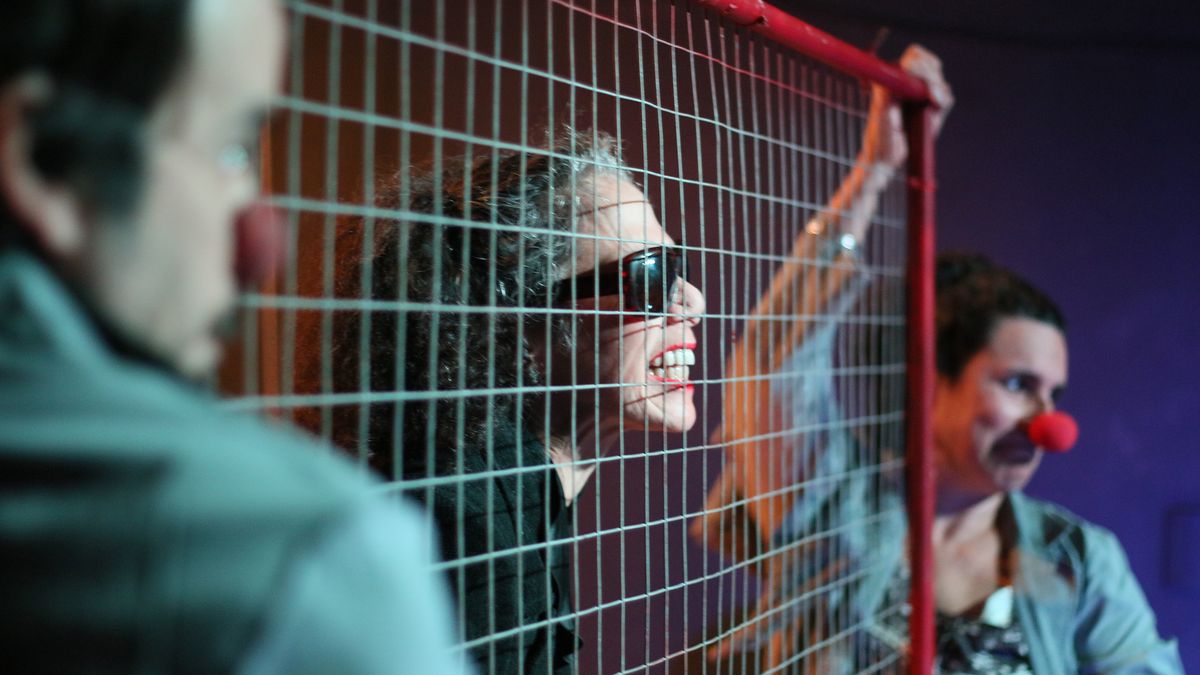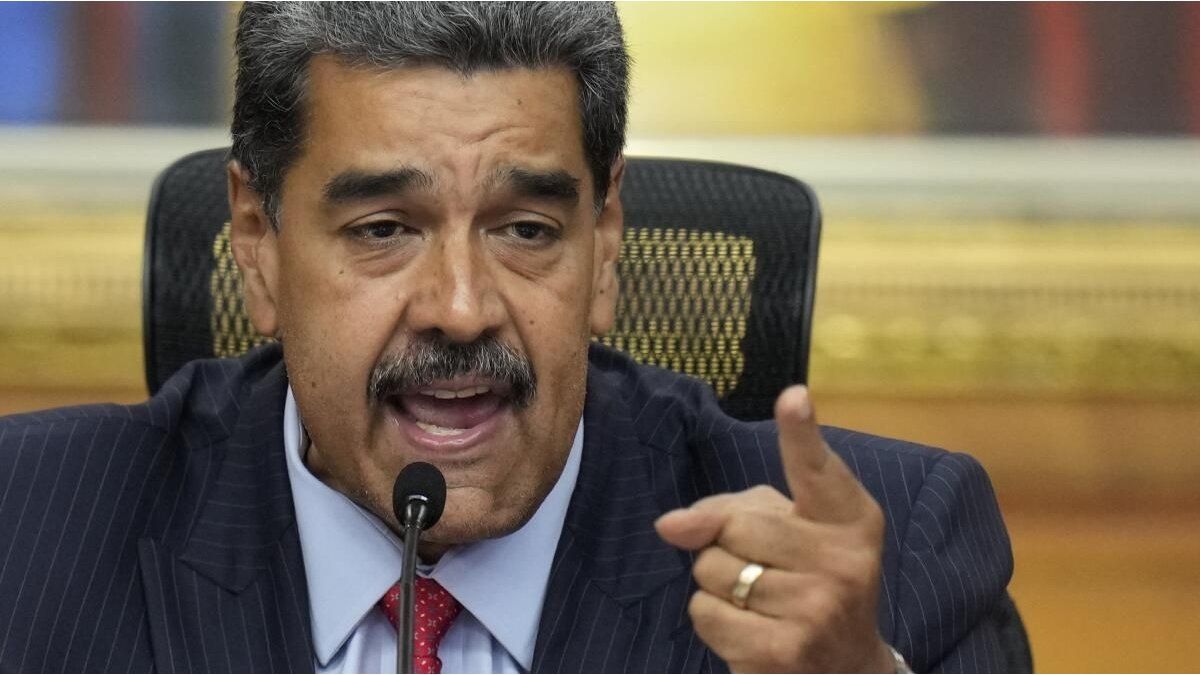“As Lorca says, the one next door was not our enemy,” says Paula Sánchez, that together with the Matute Clowns Company presents “Third conurbano cordon, a brown tragedy”, an adaptation of “Blood weddings” of Federico García Lorca, located in the Buenos Aires Conurbano during the 2001 crisis.
After a season with a full room at the Becket Theater and a tour of Buenos Aires, Fridays, Av. Brazil 2640, Patricios Park. We talked with Sanchez.
Journalist: How did the idea of making “blood weddings” appear between dogs and save who can? How is this link between Lorca and the Conurbano?
Paula Sánchez: We wanted to work with blood weddings and when the possibility of doing it, the first thing that came to us is that the text raises an essential question that we always have: hate speech between classes, how the middle class despises and tries to differentiate itself from the lower class, many times almost without difference. At this average and low moment they are the same, but those hate speeches were rooted so much that the one who has the house of material despises the one who has the chapa house, even if they live next to each other. When we found this germ in the “Blood Weddings”, especially the differences between the two families, the hatred between them, we saw that allowed us to talk about a reality that we are living.
Q.: The conurbano as a territory of injustices or pollution, what can you say about 2001 and today?
PS: When we thought the work we did not imagine this future of the reality of the country and originally believed that 2001 was a good time to place the work because we somehow took it as a key in this class battle. Battle of those who have few resources despised by those who have just a little more. When the enemy also stands elsewhere and becomes invisible in that classes. From there we made our adaptation of the text with the reality of the conurbano and what that entails, and we mention the Federal Capital and we see that they are more or less the same with the conurbano because violence comes from everywhere, from believing that one is better than the other.
Q.: How is the conurbano shown?
PS: There is a mystique of the conurbano that goes from the picturesque to the terrible, there the pools in the paths are picturesque and no one questions that this shows the lack of space, they live in small houses, it became a romantic poetics of the conurbano that in the work we seek to put into question. In our work, violence does not come from the conurbano but from the middle class of the Federal Capital, it is not that one comes and stealing you everything, it is a space like another that is under the influence of economic policies and ends up being greatly punished.
Q.: How do clown and humor operate as a gateway?
PS: We chose that language along with humor, there is no exit door because it would be the drama of the work, when it hits a turn and impacts the public. You are laughing and at one point everything becomes emotion for what happens to the characters they suffer. Finally the mother wonders who is to blame. It is not the one next door, the same as Lorca says, the next door was not our enemy. Humor serves to talk about the terrible in a friendlier way. That is the function of art.
Q.: Why do you think it worked at the public level?
PS: Because we take the public as our partner, we laugh together, we cry together, we live this story together. The spectator has fun, it is rethink, it is complicit, it is shocked, but always in that empathy where we try to make the viewer build a new question next to us. Why we are where we are, the works became unfortunately very current at the time we are living.
Source: Ambito
I am an author and journalist who has worked in the entertainment industry for over a decade. I currently work as a news editor at a major news website, and my focus is on covering the latest trends in entertainment. I also write occasional pieces for other outlets, and have authored two books about the entertainment industry.




